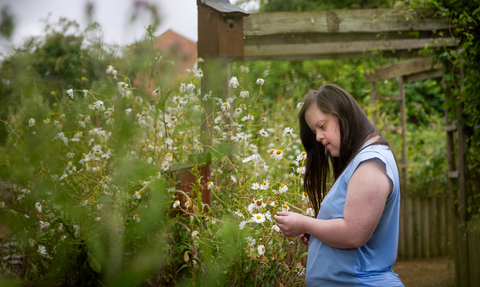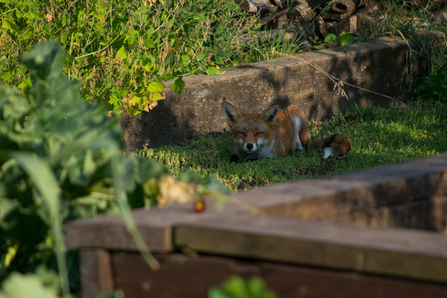
© Eleanor Church
Garden for a living London
We all have the power and responsibility to make a huge difference.
So we are asking gardeners to take urgent action now and pledge to Garden for a Living London.
Help transform the capital's three million gardens into a network of nature reserves
There are over three million gardens in Greater London - 3,267,174 to be precise. That's an area of 37,942.09 hectares*.
In the face of climate change and habitat fragmentation, this massive expanse of green space has enormous untapped potential for both people and wildlife.
However, worrying research by London Wildlife Trust shows that London's gardens are changing from green to grey.
Garden greenspace in the capital's gardens has been lost at a rate of two and a half Hyde Parks per year - driven by recent trends in garden design.
We need to reverse this trend!
London Wildlife Trust's Garden for a Living London campaign is calling on city gardeners to pledge to do one thing to create a wildlife and climate friendly garden, and help transform the capital's three million gardens into a network of mini nature reserves.

Fox at Centre for Wildlife Gardening credit Daniel Greenwood





